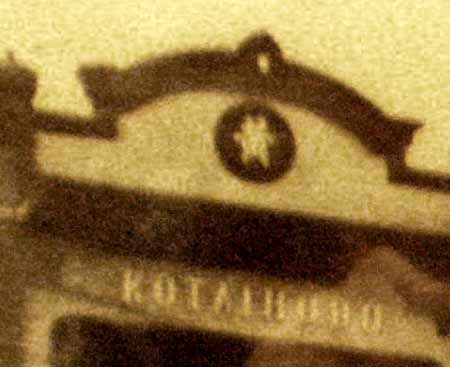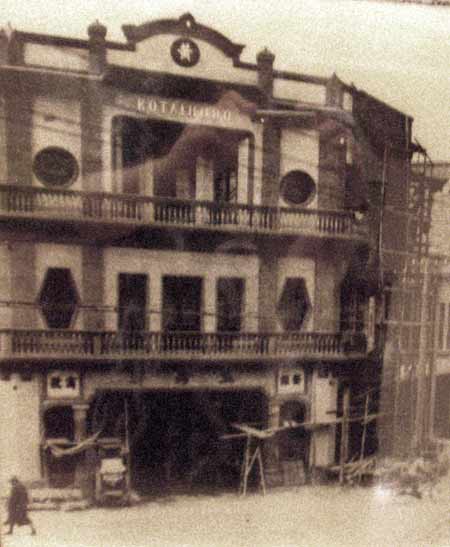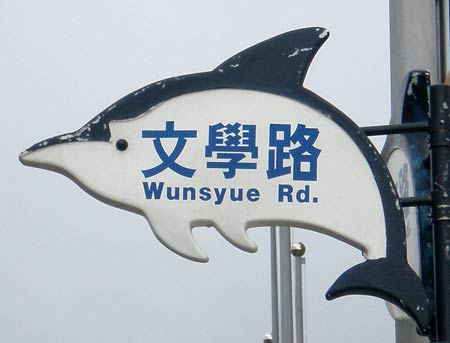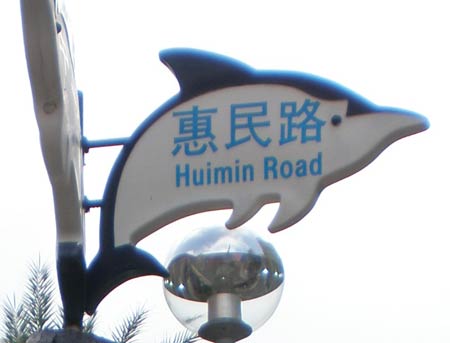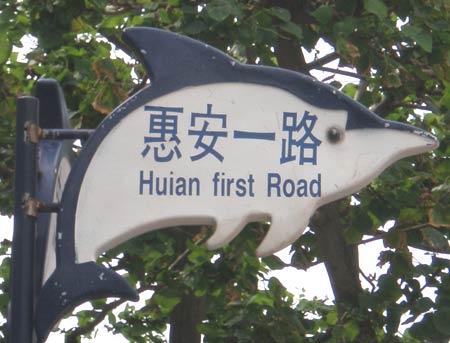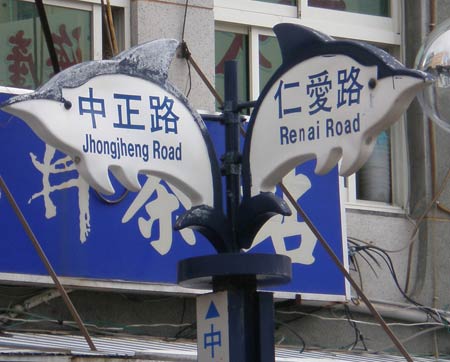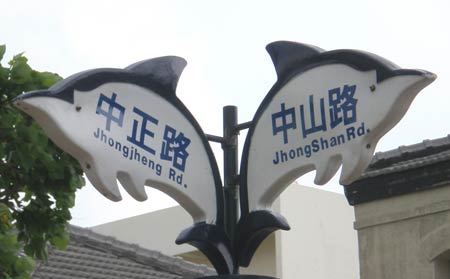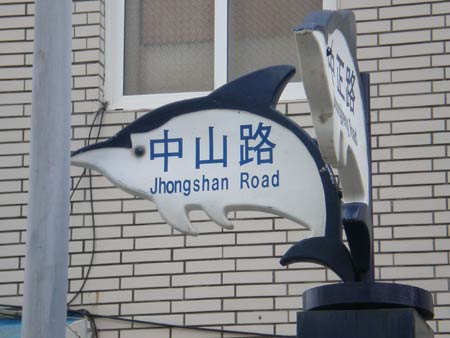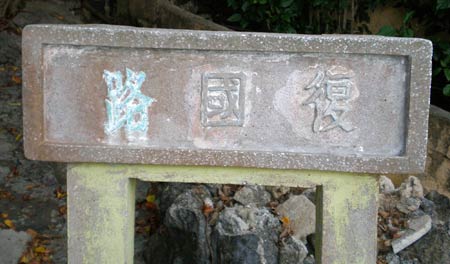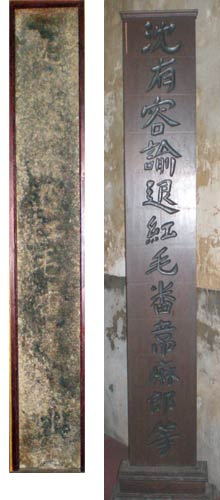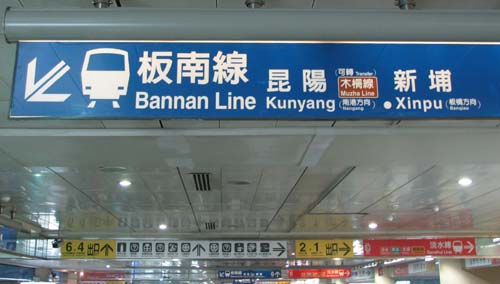Here are some photos I took a couple of years ago in San Francisco’s Chinatown.
As should be clear from the Mandarin and Cantonese pronunciations I’ve provided for the Chinese characters, the Sinitic names for streets in Chinatown certainly don’t come from Mandarin, which isn’t surprising given how the Chinese diaspora was not predominantly Mandarin speaking until recently. My guess would be Taishanese Cantonese.
Beckett: 白話轉街 (Mandarin: Báihuàzhuǎn Jiē; Cantonese: baahk- wa/ jyun/ )
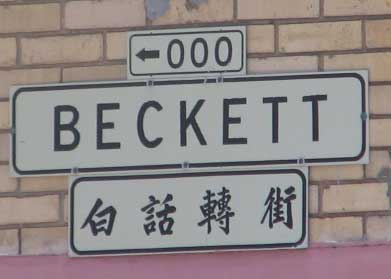
I like this unofficial sign even better.
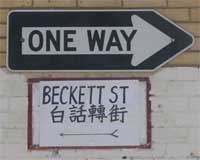
Jackson: 昃臣街 (Mandarin: Zèchén Jiē; Cantonese: jak\ sahn\)
The first Chinese character, 昃, is a surprising choice since it is quite rare and would not be known by most people. Some far more common characters that perhaps could have been used instead include 則 (Cantonese: jak\), 責 (Cantonese: jaak-), 澤 (Cantonese: jaahk-), and 擇 (Cantonese: jaahk-) — all of which are pronounced zé in Mandarin.
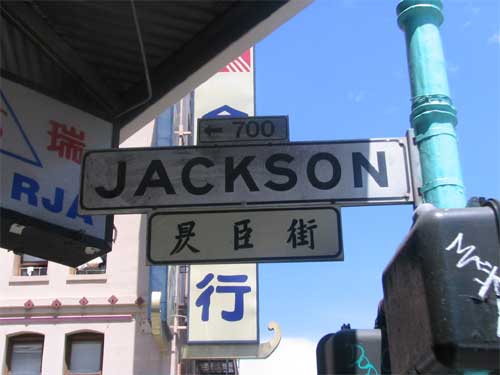
Clay: 企李街 (Mandarin: Qǐlǐ Jiē; Cantonese: keih/ leih/)
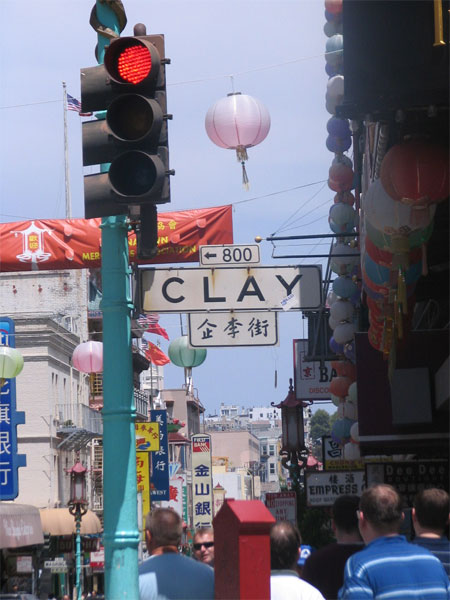
Commercial: 襟美慎街 (Mandarin: Jīnměishèn Jiē; Cantonese: kam\ meih/ sahn-)
I would have expected a semantic translation for this street name. But Kam-meih-sahn appears to be another phonetic approximation.

Grant: 都板街 (Mandarin: Dōubǎn Jiē; Cantonese: dou\ baan/ gaai\)
This is another interesting one. Note that Doubaan and Grant sound nothing like each other. And this isn’t a semantic translation of Grant either. So why is this street labelled 都板街? The answer is that the Sinitic name preserves an old name of the street: Dupont.

And for lagniappe, here’s a photo taken in the nearby Italian district, where Columbus Street is also identified in Italian as Corso Cristòforo Colombo.
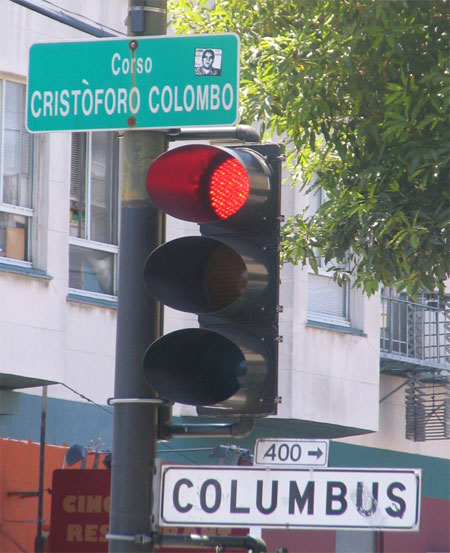
further reading:
- Chinatown Devises Its Own Street Names, by William J. Hoy, California Folklore Quarterly, Vol. 2, No. 2 (Apr., 1943), pp. 71-75
- Early San Francisco History from Street Names, by Henry C. Carlisle, August 1954
- Chinatown streets
- Chinatown alleys
- Chinatown: San Francisco, Part 3, Panda Gator, September 4, 2007

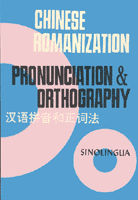 The latest excerpt from Yin Binyong’s book on Pinyin orthography covers
The latest excerpt from Yin Binyong’s book on Pinyin orthography covers 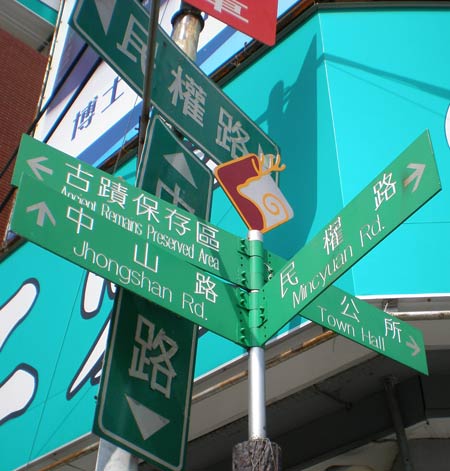
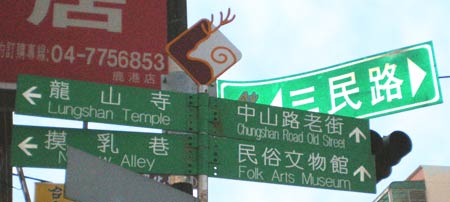
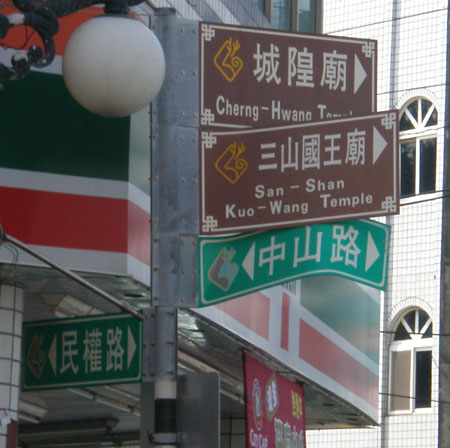

 About 150 years ago “bilingual” signage meant something very different in Taiwan than it does today. Back then it was Literary Sinitic and Manchu, as seen on this stela outside a temple in Lugang.
About 150 years ago “bilingual” signage meant something very different in Taiwan than it does today. Back then it was Literary Sinitic and Manchu, as seen on this stela outside a temple in Lugang. 